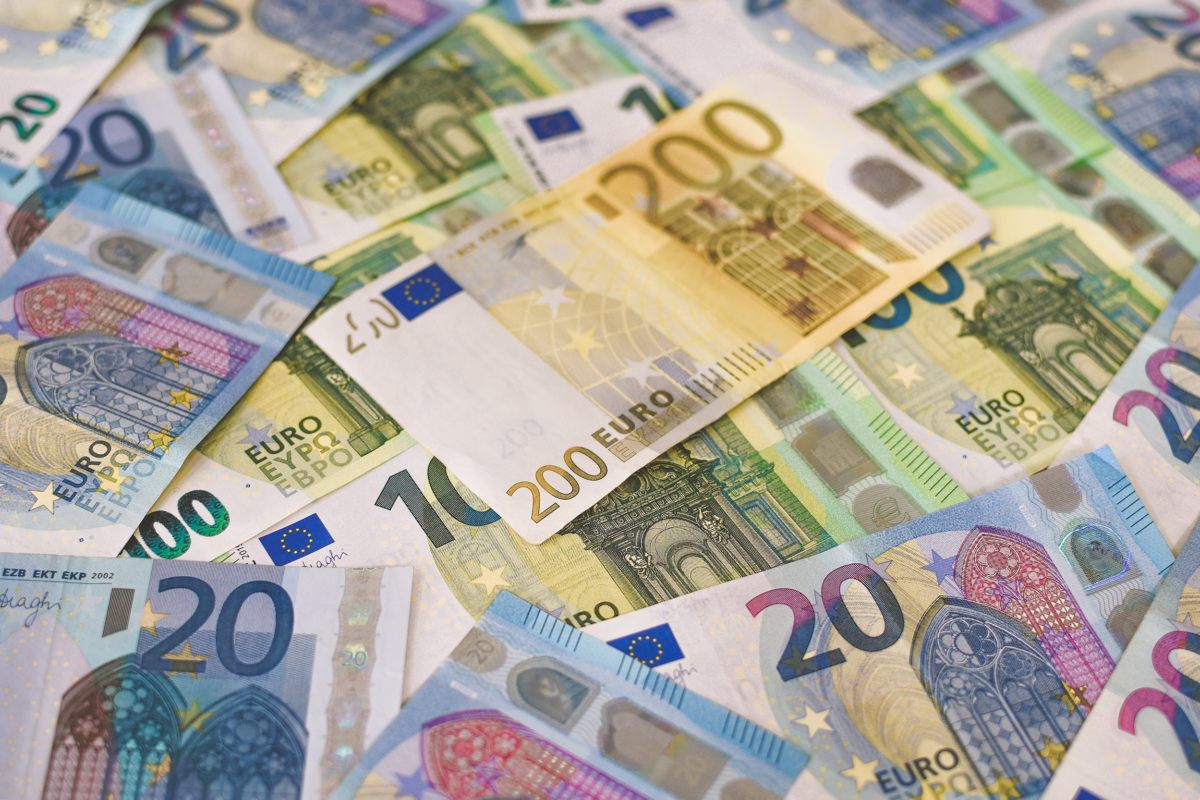Introduction
The cash flow statement is the final key financial statement we’ll be covering in this three part series. The articles on the income statement and balance sheet are also here to go check out. The cash flow statement represents the cash entering and leaving the business in any quarter or financial year. This statement is often a lot harder to perform creative accounting on so offers the truest reflection of how the company is managing its cash position. This article will cover the three essential areas of the statement and explain the importance of free cash flow so you can add it to your investing arsenal.
Definitions
Cash Flow from Operations: The cash flow from the businesses operating activities, such as selling goods or services.
Cash Flow from Investing: The cash flow from the firm’s investments. This could be PPE (or other non-current assets), purchase of stocks and securities, loaning money to other businesses or acquiring another company altogether.
Cash Flow from Financing: The net amount of funding a business receives over a year or quarter. This could be repayment or proceeds from long-term debt, issuance of equity, payment of dividends and finance lease payments.
Free Cash Flow: The amount of cash a company has left after subtracting capital expenditure from cash from operations.
Free Cash Flow = Cash from Operations – Capital Expenditures

Cash Flow from Operations
The operating activities of a firm outline the business activities and demonstrate how the core functions are performing. A positive cash flow from operations indicate the business is performing well in its core activities, also meaning it can fund new opportunities including future projects and products, pay dividends, and reduce the company’s debt. Negative shows a higher outflow than inflow of cash during that period. The items that account for its positive and negative balance are shown below.
Items that make cash flow from operations positive:
- Net income
- Depreciation
- Increase to accounts payable
- Sale of investments
Items that make cash flow from operations negative:
- Increase to accounts receivable
- Purchase of inventory
Cash Flow from Investing
The investing activities of the business show where its purchasing different investments. As this will be primarily purchases expect this number to be negative, however these investments should prove profitable in the long-term. If the business invests too little it may not see sufficient returns, if investing activities are excessively high it may mean the firm has borrowed too much.
Items that make cash flow from investing positive:
- Sale of investment securities
- Sale of fixed assets
- Collection of marketable and non-marketable proceeds
Items that make cash flow from investing negative:
- Purchase for acquisition of property, plant and equipment
- Purchase of investments – stocks or securities
- Loaning money
Cash Flow from Financing
The financing activities of the company primarily involve the equity, debt and dividends. A positive figure would mean more cash flowing in than money leaving. However an excessively high figure shows the company is getting new debt or selling more equity, with the company may not be making enough via its normal operations. It’s also important the company settles old debts and pays dividends which is good long-term. So expect this section to often be positive or negative with further analysis on companies debt and operations being vital for interpretation.
Items that make cash flow from financing positive:
- Issuing equity or stock
- Issuing bonds
- Borrowing debt – bank or other creditor
Items that make cash flow from financing negative:
- Dividends
- Stock buybacks
- Paying debt
Free Cash Flow
Towards the bottom of the cash flow statement, you may notice a section called free cash flow. Put simply, this is the cash from operations minus the capital expenditures and refers to the positive (possibly negative) balance of cash that is coming into the business during the fiscal year. This is different from profit and each company calculates it slightly differently so it’s hard to compare between companies in a sector.
This figure is tremendously useful for demonstrating the growing or shrinking cash inflows of the business, but valuable for its ability in the valuation of the firms – this will be explored with working examples in a later article. For now it’s enough to know that growing free cash flow means more cash is coming into the business which can be used for a vast array of opportunities that will hopefully allow the business to expand. It’s important to note that companies work in business cycles so don’t automatically assume a company is bad because of a few bad years. An example being the price of oil being $100 and it being $40, oil companies will obviously perform more profitably when the price of oil is higher.
Summary
Overall, the cash flow statement may be tricky at first, but it’s also transparent as to the company’s movements of cash. It’s for this reason you should take the time to become more familiar with how it works, using this article as a springboard to approaching a company’s financials when considering investing.
Other useful sources:

